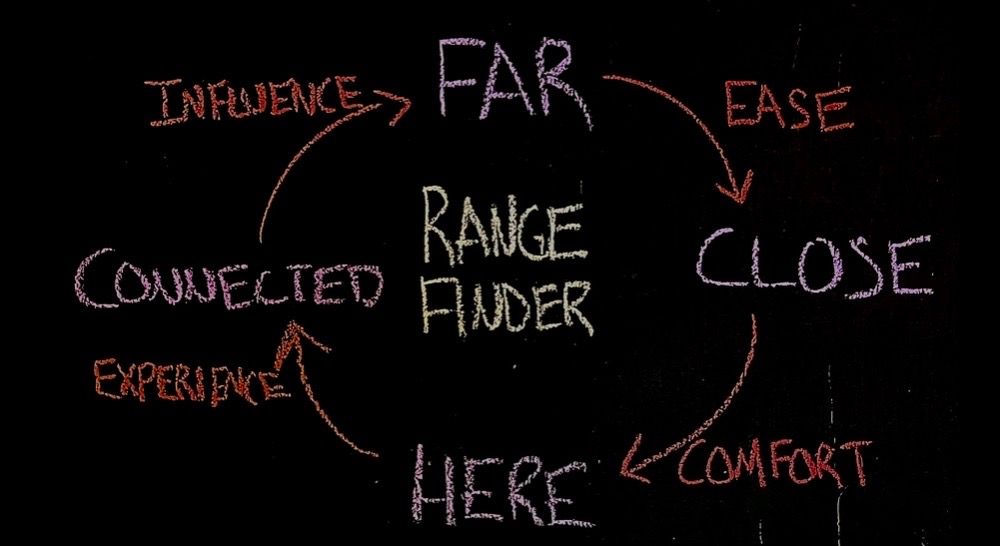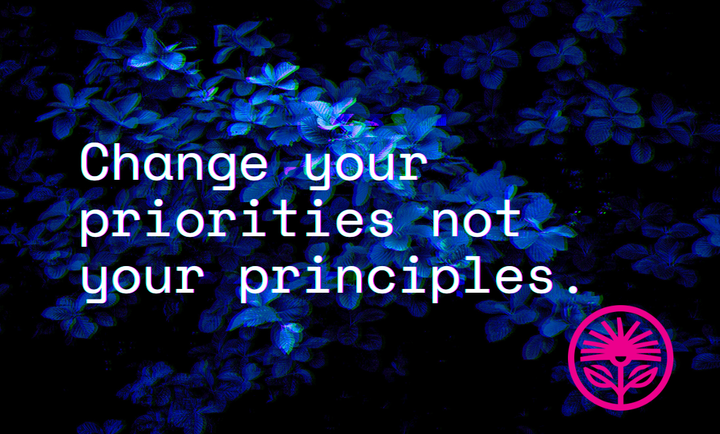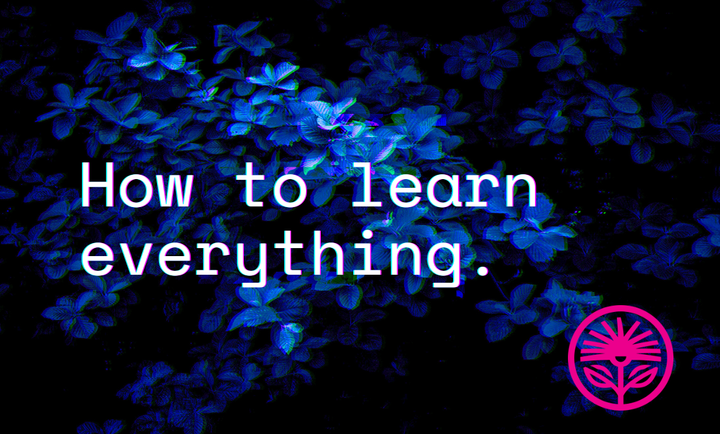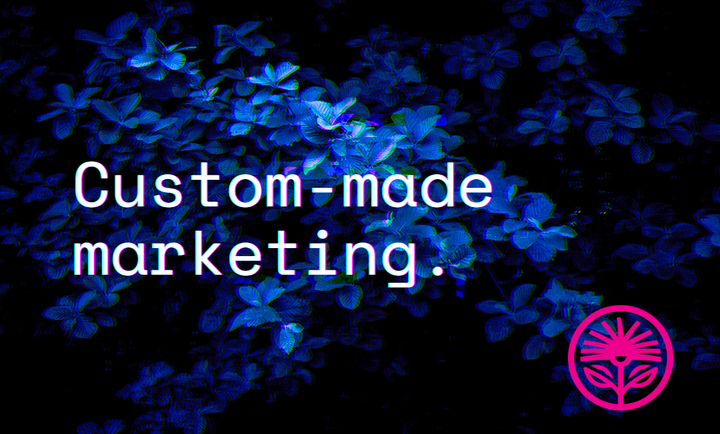Framework: Marketing Rangefinder
It helps you look for the answers to: Where are my customers, and how do I reach them?

This week’s framework is an exercise I’m calling the Marketing Rangefinder. It helps you look for the answers to: Where are my customers, and how do I reach them?
We’ll start with our definition of marketing so we know what we’re actually trying to do:
Marketing is demonstrating value at a distance.
So that gives us three extremely useful components to analyze, as well as three handholds to grab to add a sense of control and purpose to our each of our marketing efforts.
Let’s start at the beginning:
1) Distance: Far (You Control: Ease)
When our best potential customers are far away from us—they need something we have, but don’t know about us yet—the only thing we can truly control is how easy it is for them to get closer.
Value: Need (You Control: Values)
All we know for sure at this distance is that our potential customers have a need (a problem or opportunity) that someone like us might be able to help with. We control how well we identify the overlapping values we share with our very best prospects.
Demonstration: Presentation (You Control: Information)
Our customers don’t know why we’re the best for them yet because they don’t see our full value, but we control the information we can present to them that demonstrates our overlapping values.
Rangefinder Questions:
a) Where do your customers go (or where are they already) when they experience the first challenge or opportunity that makes them realize they need a product, service, or guidance?
Think: Google, Amazon, trusted colleagues, Reddit, trade publications, social media, etc.
b) How can you meet them with information about your overlapping values that makes it easy for them to get one step closer to your business?
Think: SEO content, paid social media promotions, outbound sales, targeted outreach, ads and sponsorships in niche publications and podcasts, etc.
More: Kelford Daily Labs on “Far”
2) Distance: Close (You Control: Comfort)
Now that our prospects are aware of us in particular, all we control is how comfortable it is for them to consider buying from us.
Value: Want (You Control: Tradeoffs)
They know we can help with their particular need, but to choose us over every other available option (and perhaps even pay a significant premium), we’ll need to control the specific set of tradeoffs we make to overdeliver in key areas of value.
Demonstration: Revelation (You Control: Insight)
We control how well we reveal the insights and expertise we’ve developed as a result of making specific tradeoffs to serve our best customers—the ones who share our overlapping values and priorities.
Rangefinder Questions:
a) Where can you continue communicating to potential customers who are aware of you but haven’t chosen you yet?
Think: Your newsletter, your blog, your internal website pages, your social media profiles, your YouTube channel, your inbound call center agents, etc.
b) What insights can you provide in one of those channels that demonstrate the additional value you give your very best customers, because of the specific tradeoffs you’ve made?
Think: Deep industry expertise and technical know-how, value-adding tips and tricks, insightful questions and thought-provoking commentary, focused services lists and limited product lines, etc.
More: Kelford Daily Labs on “Close”
3) Distance: Here (You Control: Experience)
When our customers are ready to buy, or have just bought, we have significant control over their experience before, during, and after the transaction.
Value: Get (You Control: Assessment)
We actually control the assessment of value our customers then experience—based on whether we overdelivered on our promises.
Demonstration: Transaction (You Control: Curiosity)
So it’s during and around the transaction that we want to be most curious. What weird questions do clients suddenly ask right before signing the deal? How are our prices affecting the perceived value of our services? How are our clients describing what they got from us to other people?
Rangefinder Questions:
a) Do you know how your customers judge the value they get from your business—and do you know where they’ll most appreciate overdelivery on their expectations (and where they have no interest at all)?
Think: Are you adding unnecessary detail in your documents no one reads? What questions do you need to ask to focus your services even more? Where can you cut back on products or features that customers don’t value or want to pay for?
b) How can you demonstrate how curious you are about the experience of your best customers?
Think: Are your invoices ugly and formal, or friendly and on-brand? Are your follow-up emails kind and thoughtful, or rushed and perfunctory? Have you asked your past customers how they describe your business to their friends?
More: Kelford Daily Labs on “Here”
4) Distance: Connected (You Control: Influence)
After a client or customer has purchased from us, we know that they consider whether we overdelivered on our promises and gave them what they truly wanted. It’s our job to consider how much we influenced them—did they make the change, solve the problem, create the progress, or get the results we said they could?
Value: Return (You Control: Relationships)
Because it’s that level of influence that determines the strength of the relationship. Some of your customers will reflect off of you—they got some value, but not enough to come back. Some will refer others—they got enough value to see who else might, but not so much that they need to come back right away themselves. And some will return themselves—they got so much value they can’t imagine ever buying from anyone else. You control your analyzation of which customers reflect, which refer, and which return—and why.
Demonstration: Creation (You Control: Focus)
Because it’s here that you create new value targeted at the customers who return because of how much you were able to influence their success. In short, you focus on your relationships of greatest influence.
Rangefinder Question:
a) Do you have a mechanism for tracking the progress of your clients or customers and how much influence you’ve had on them?
Think: Follow-up communication, exclusive offers for past customers, case study interviews, and anonymous feedback forms.
b) What can you create that delivers even more focused value to your relationships of greatest influence?
Think: Updating your service offering to focus on just your highest value and best customers, focusing your product line on what you’re truly best at, asking for testimonials that speak to true value instead of features and benefits, etc.
More: Kelford Daily Labs on “Connected”
And that’s that! How do we feel? It’s a lot to throw at you, so I appreciate you making it this far. Check out those Daily Labs posts linked in each section, and let the framework rest in your mind for a bit.
I suspect that over the next few days you’ll start noticing the various distances in your relationships with your customers, and with other companies. And that will help you determine the ways of demonstrating value at each distance that are right for you.
Next week: Commentary, quotes, links, and resources that inspired the Marketing Rangefinder.



